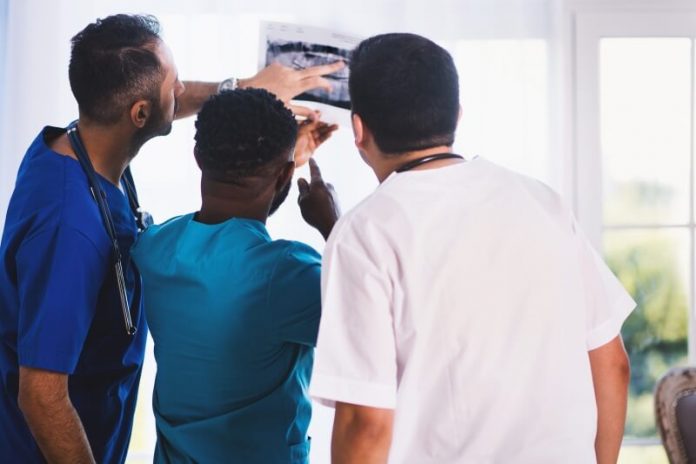Developed by FotoFinder Systems, Moleanalyzer pro serves as a portal that allows physicians to ascertain their skin cancer diagnosis through evaluation methods, integrating AI with specialist expertise and including the alternative of getting a second opinion from global skin cancer professionals.
Kathrin Niemela, the global brand director of FotoFinder Systems, claimed that the technology intends to facilitate skin cancer diagnoses.
The Cancer Council Australia said that each year skin-related cancers account for approximately 80% of the newly diagnosed cancers, especially in Australia, with general practitioners seeing over a million patients every year for skin cancer.
What’s more, the Australian Government discovered that there were about 14,320 novel cases of melanoma skin cancer diagnosed back in 2018, making up 10.4% of all the new diagnosed cases of cancer.
SEE MORE: AI Able to Differentiate Between Different Cancer Cells
“The earlier skin cancer is detected, the better the prognosis. The leisure behavior of sunbathing in many parts of the world makes early detection of skin cancer more important worldwide,” Niemela said.
FotoFinder Systems begin by calculating and comparing the diameter, size, and structure of moles before quantifying their percentage deviations.
Moleanalyzer pro runs with deep learning.
Its CNN (convolutional neural network) was ‘trained’ with a massive data set comprising of corresponding diagnoses and dermoscopic images.
Through its autonomous rules and increasing experience, it then differentiates between malignant and benign lesions.
“Moleanalyzer pro features the possibility to manually evaluate lesions according to acknowledged checklists and optionally contains an innovative algorithm based on AI, allowing a risk-of-malignancy evaluation,” Niemela said.
“In the last few years, the new algorithm has been trained with a large number of dermoscopic images. FotoFinder Systems has an international network of partners who contribute to the training of the algorithm with their pictures of histologically proven lesions.”
In turn, the analysis establishes a risk assessment score of non-melanocytic and melanocytic skin lesions, enabling physicians to confirm their diagnoses.
FotoFinder Systems plans to make this artificial intelligence score available for physicians, especially on their mobile devices.
“When this technology becomes available for mobile devices, rural physicians, for example, who practice far away from clinics or specialist centers can use the Moleanalyzer pro’s deep learning algorithm on their mobile phones to get a second opinion on their diagnosis of skin lesions,” Niemela said.
SEE MORE: Top 10 Ways Artificial Intelligence is Impacting Healthcare
“The AI represents a ‘silent virtual colleague’ that delivers a virtual opinion simply, uncomplicatedly and at any time. But together with the human experience delivered by the optional second opinion service, the tool helps to increase diagnostic accuracy.”
Niemela revealed that a man-against-machine research, which involved 58 dermatologists drawn from 17 countries, uncovered that while the specialists correctly recognized 86.6% of malignant skin tumors, Moleanalyzer pro detected 95% successfully.
Additionally, the technology recognized 82.5% of benign naevi appropriately, whereas the specialists detected 71.3 % as benign.
“As fascinating as AI is, it cannot take the place of human experience in the matter of skin cancer. AI will increasingly find its way into dermatology and mole examinations by supporting physicians, not by replacing them,” Niemela said.
“Doctors need to combine total body mapping with video documentation of single moles and AI-based evaluation. The combination of these three elements are the pillars of early skin cancer detection. Only a physician with profound knowledge and experience can map this complex process.
“In addition, patients do not want to do away with doctors under any circumstances and want to combine high-tech solutions with specialist competence.”
